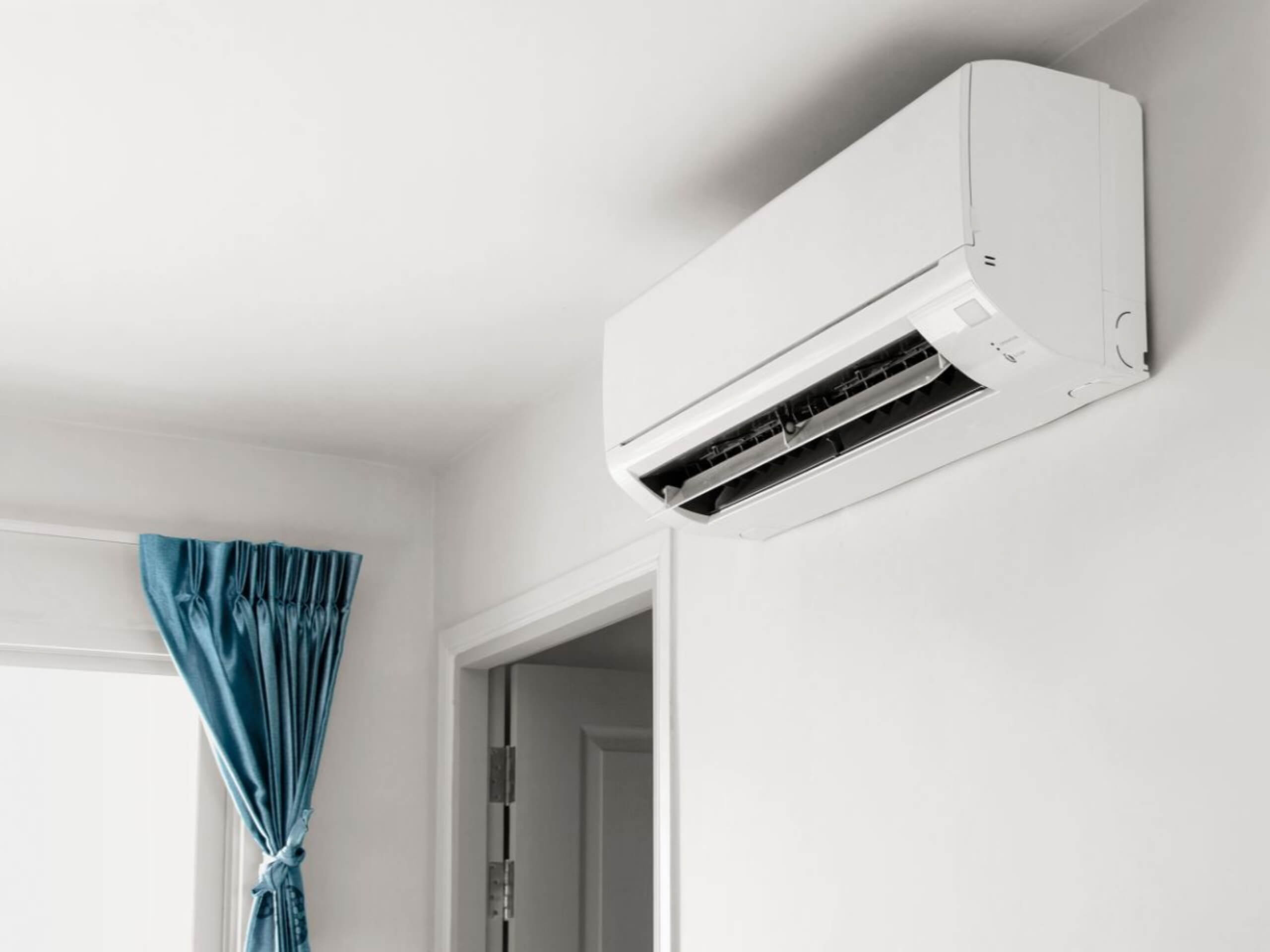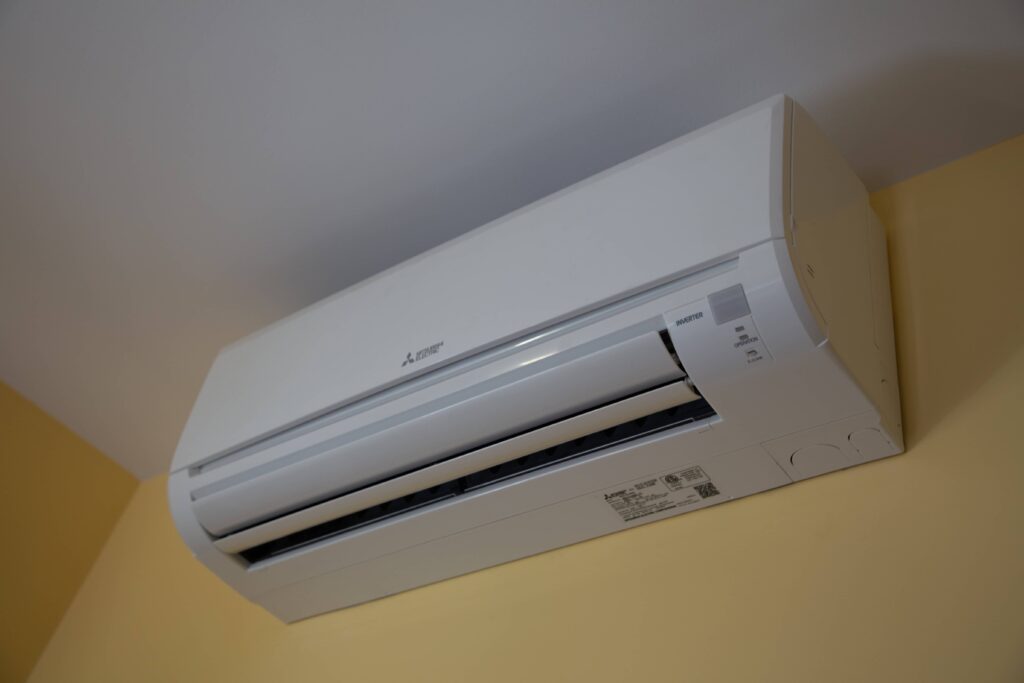Wall Mounted Room Air Conditioning Units

Wall-mounted room air conditioning units, often called mini-splits or ductless air conditioners, offer a flexible and efficient way to cool individual rooms or zones in your home. Unlike central air systems that require extensive ductwork, these units are relatively easy to install and provide targeted cooling where you need it most. This guide provides a comprehensive overview of wall-mounted AC units, helping you understand their workings, benefits, and considerations before making a purchase.
How Wall-Mounted AC Units Work
At their core, wall-mounted AC units operate on the same principles as other air conditioning systems: the refrigerant cycle. However, their design and installation are what set them apart.
The Refrigerant Cycle Explained
Imagine your AC unit as a system for transferring heat, not creating cold air. The system uses a special substance called refrigerant to make this heat transfer possible. Think of refrigerant as the 'blood' of your AC system, carrying heat from inside to outside.
The refrigerant cycle can be broken down into four key components:
- Evaporator: Located in the indoor unit, the evaporator absorbs heat from the room. The refrigerant, in a low-pressure, low-temperature state, passes through the evaporator coil. As air blows across the coil, the refrigerant absorbs heat, causing it to evaporate into a gas.
- Compressor: Housed in the outdoor unit, the compressor increases the pressure and temperature of the gaseous refrigerant. This concentrated heat is then ready to be released. It's like squeezing a sponge to wring out more water – the compressor squeezes the refrigerant, making it hotter.
- Condenser: Also located in the outdoor unit, the condenser releases the heat absorbed from the room into the outside air. The high-pressure, high-temperature gaseous refrigerant passes through the condenser coil. A fan blows air across the coil, cooling the refrigerant and causing it to condense back into a liquid.
- Expansion Valve: This valve, often a capillary tube or thermostatic expansion valve, reduces the pressure of the liquid refrigerant before it enters the evaporator. This pressure drop allows the refrigerant to evaporate easily and absorb more heat.
The cycle then repeats, continuously removing heat from the room and maintaining the desired temperature.
Components of a Wall-Mounted AC Unit
A typical wall-mounted AC unit consists of two main components:
- Indoor Unit (Air Handler): This unit is mounted on the wall inside the room you want to cool. It contains the evaporator coil, a fan to circulate air, air filters to remove dust and allergens, and controls for adjusting temperature and fan speed.
- Outdoor Unit (Condenser): This unit is placed outside your home and houses the compressor, condenser coil, and a fan to dissipate heat. It's connected to the indoor unit via refrigerant lines and electrical wiring.
Benefits of Wall-Mounted AC Units
Wall-mounted AC units offer numerous advantages over other cooling solutions:
- Zoned Cooling: Cool only the rooms you're using, saving energy and money. This is a major benefit compared to central AC, which cools the entire house, even unoccupied rooms.
- Energy Efficiency: Many models are incredibly energy-efficient, earning high SEER (Seasonal Energy Efficiency Ratio) ratings. This translates to lower electricity bills. Look for models with the Energy Star label.
- Easy Installation: Compared to central AC systems, installation is simpler and less invasive. A small hole is drilled in the wall to run the refrigerant lines and electrical wiring between the indoor and outdoor units. However, professional installation is still recommended to ensure proper sealing and refrigerant handling.
- Quiet Operation: Modern units are designed for quiet operation, both indoors and outdoors. Inverter technology allows the compressor to run at variable speeds, reducing noise levels.
- Space Saving: The indoor unit is mounted on the wall, freeing up floor space.
- Heating Capabilities (Heat Pumps): Many wall-mounted AC units are also heat pumps, providing both cooling and heating capabilities. This makes them a versatile option for year-round comfort.
- Improved Air Quality: Many units come equipped with advanced air filters that remove dust, pollen, allergens, and other pollutants, improving indoor air quality.
- Remote Control: Most units come with a remote control for convenient temperature and fan speed adjustments. Many also offer smart features, allowing you to control the unit from your smartphone or tablet.
Factors to Consider Before Buying
Before investing in a wall-mounted AC unit, carefully consider these factors:
- Room Size: Determine the appropriate cooling capacity (measured in BTUs - British Thermal Units) based on the size of the room you want to cool. A general rule of thumb is 20 BTUs per square foot. However, factors like ceiling height, insulation, window size, and sun exposure can influence the BTU requirement. For example, a sunny room with large windows will require more BTUs than a shaded room with good insulation.
- SEER Rating: The SEER (Seasonal Energy Efficiency Ratio) rating indicates the unit's energy efficiency. A higher SEER rating means greater energy savings. Look for models with a SEER rating of 15 or higher.
- HSPF Rating (for Heat Pumps): If you're considering a heat pump model, look for the HSPF (Heating Seasonal Performance Factor) rating. A higher HSPF rating indicates better heating efficiency.
- Noise Level: Check the noise level (measured in decibels - dB) of both the indoor and outdoor units. Look for models with lower dB ratings for quieter operation.
- Features: Consider features like programmable timers, sleep mode, auto-restart, and smart home integration.
- Installation Costs: Factor in the cost of professional installation, which can vary depending on the complexity of the installation and the location of the indoor and outdoor units.
- Maintenance: Regular maintenance is essential to ensure optimal performance and longevity. This includes cleaning the air filters, cleaning the coils, and checking refrigerant levels.
- Budget: Wall-mounted AC units range in price depending on their features, capacity, and brand. Set a budget and compare different models to find the best value for your money.
- Placement: Consider the placement of both the indoor and outdoor units. The indoor unit should be mounted in a location that allows for optimal air circulation. The outdoor unit should be placed in a well-ventilated area, away from direct sunlight and obstructions.
- Local Climate: If you live in a region with extreme temperatures, you may need a more powerful unit to effectively cool or heat your home.
Installation Considerations
While wall-mounted AC units are easier to install than central air systems, professional installation is highly recommended. This ensures proper sealing, refrigerant handling, and electrical connections, maximizing efficiency and safety.
Here's a general overview of the installation process:
- Mounting the Indoor Unit: The indoor unit is mounted on the wall, typically near the ceiling. A mounting bracket is used to secure the unit to the wall.
- Mounting the Outdoor Unit: The outdoor unit is placed on a concrete pad or mounting bracket outside the home.
- Connecting the Units: Refrigerant lines, electrical wiring, and a condensate drain line are run through a small hole in the wall to connect the indoor and outdoor units.
- Refrigerant Charging: The system is charged with refrigerant to the correct level.
- Testing and Calibration: The system is tested to ensure proper operation and calibrated for optimal performance.
Improper installation can lead to leaks, reduced efficiency, and potential damage to the unit.
Maintenance Tips
Regular maintenance is crucial for keeping your wall-mounted AC unit running efficiently and extending its lifespan.
- Clean Air Filters Regularly: Clean or replace the air filters every one to three months, depending on usage and air quality. Dirty air filters restrict airflow and reduce cooling efficiency.
- Clean the Coils: Periodically clean the evaporator and condenser coils to remove dust and debris. You can use a fin comb to straighten bent fins and a coil cleaner to remove stubborn dirt.
- Check Refrigerant Levels: Have a professional check the refrigerant levels annually. Low refrigerant levels can reduce cooling efficiency and damage the compressor.
- Clean the Outdoor Unit: Keep the area around the outdoor unit clear of debris, such as leaves, grass clippings, and branches.
- Inspect the Condensate Drain Line: Ensure the condensate drain line is clear of obstructions to prevent water damage.
- Schedule Professional Maintenance: Consider scheduling annual professional maintenance to ensure the system is running optimally and to identify any potential problems early on.
Conclusion
Wall-mounted room air conditioning units offer a compelling solution for zoned cooling and heating, providing energy efficiency, ease of installation, and quiet operation. By carefully considering your needs, researching different models, and investing in professional installation and regular maintenance, you can enjoy years of comfortable and cost-effective climate control.










